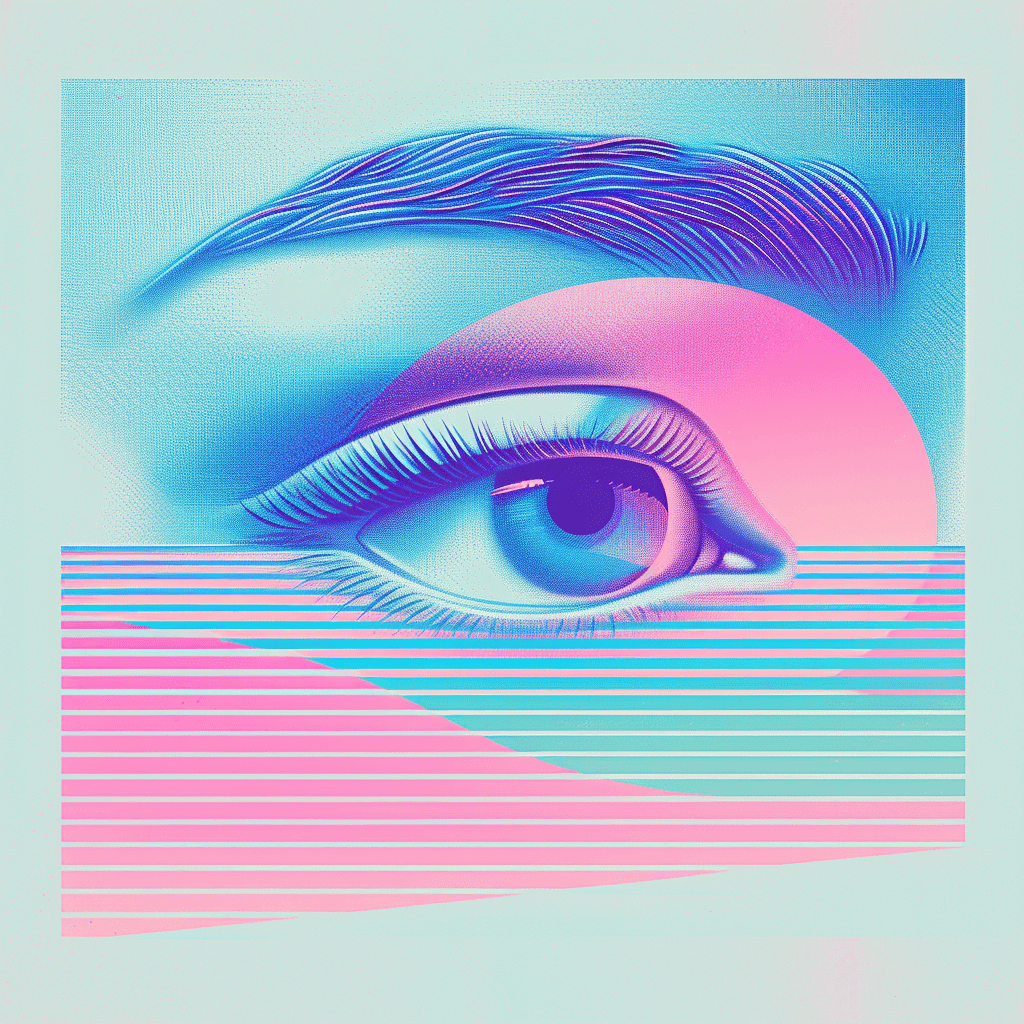Loading...
SAT/sphere SAT Blog
SAT Prep Tips for Visual Learners: Study Techniques That Work
Are you a visual learner preparing for the Digital SAT? Maximize your potential with unique study techniques tailored for you. This guide offers expert SAT prep tips, focusing on mind maps, color-coding, diagrams, and video resources to help you master complex concepts and boost your score.
September 7, 2024

September 7, 2024
Continue Reading